Digital Price Label: An Overview
Digital price labels are revolutionizing the retail industry by offering an efficient way to display pricing and product information. These labels use electronic paper or liquid-crystal displays to show the current price, which can be updated instantly through a centralized management system. This technology not only streamlines the pricing process but also enhances the customer shopping experience by providing clear and accurate pricing.
Types and Applications of Digital Price Labels
There are various types of digital price labels, including electronic shelf labels, digital shelf tags, and electronic price tags. Each type serves a specific purpose within the retail environment. Electronic shelf labels are commonly found in supermarkets, where they offer the flexibility to change prices multiple times a day. Digital shelf tags, on the other hand, are often used in fashion retail to update pricing or promotional information quickly. Electronic price tags in supermarkets have become particularly popular, providing a modern look and dynamic pricing capabilities.
Features and Materials
Digital price labels are designed with various features to cater to different retail needs. E ink price tags are known for their low power consumption and high readability, similar to printed paper. They are often constructed from durable materials that can withstand the retail environment, ensuring longevity and reliability. The integration of technologies such as electronic shelf edge labels allows for seamless updates of pricing information, directly at the point of sale.
Advantages of Digital Price Labels
The adoption of digital price labels brings numerous advantages to retailers. These labels reduce the manual labor involved in updating traditional paper price tags, thereby minimizing human error. The use of an electronic shelf label system can lead to significant time savings and operational efficiency. Additionally, the dynamic nature of digital retail price tags allows for real-time promotion and discount updates, which can enhance sales strategies and customer engagement.
Integration and Compatibility
Modern digital price labels are designed to be compatible with existing retail systems. The digital price tag machine can work in tandem with barcode scanners and point-of-sale systems to facilitate a smooth checkout process. This compatibility ensures that when items are scanned, the price displayed is accurate, reducing discrepancies and improving the overall shopping experience. Moreover, systems like those seen with walmart digital price tags demonstrate the scalability and adaptability of digital labels in various retail settings.
Choosing the Right Digital Price Label Solution
Selecting the right digital price label solution requires consideration of the specific needs of a retail operation. Factors such as display size, connectivity options, battery life, and electronic shelf labels cost should be evaluated. Retailers must assess their inventory size, product turnover rate, and the complexity of their pricing strategies to determine the most suitable digital labeling system.






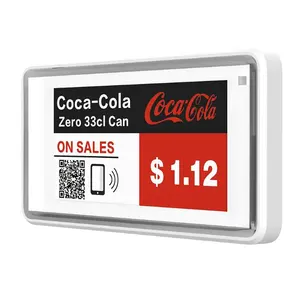

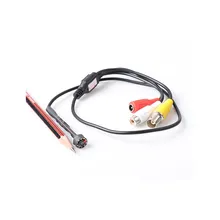

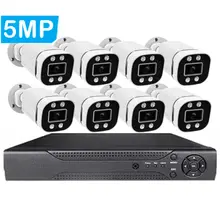

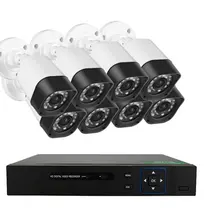



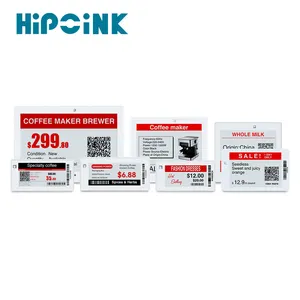

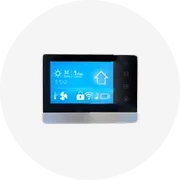

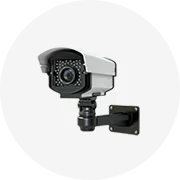
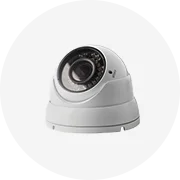

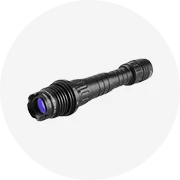
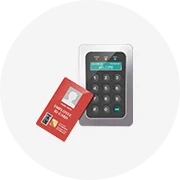









 浙公网安备 33010002000092号
浙公网安备 33010002000092号 浙B2-20120091-4
浙B2-20120091-4